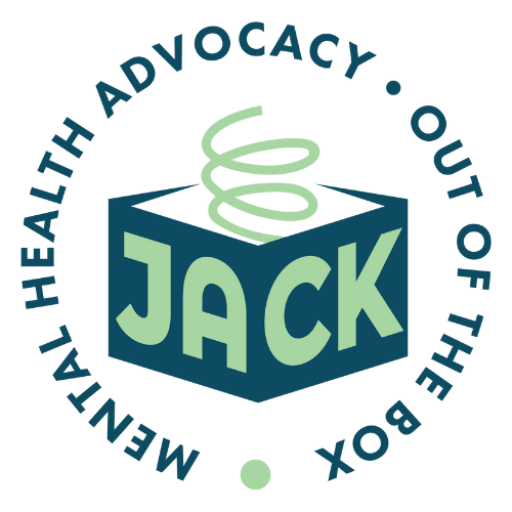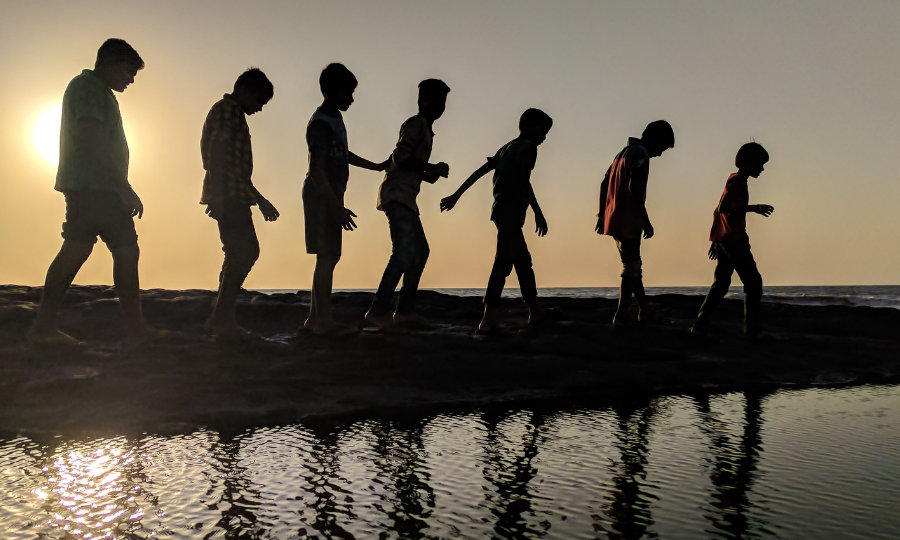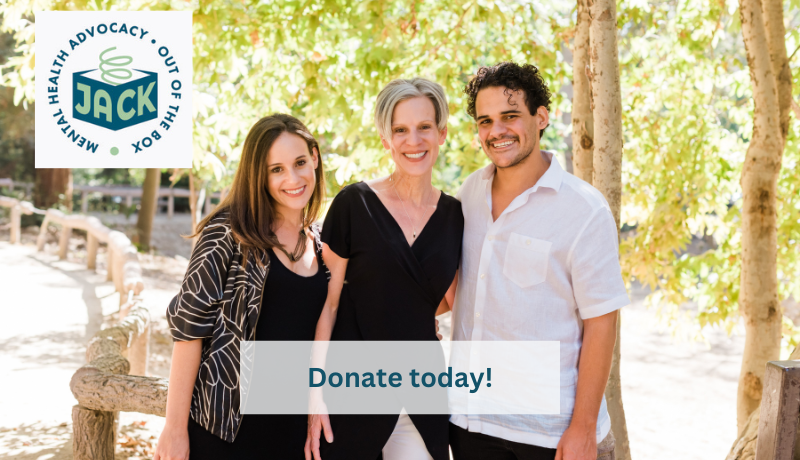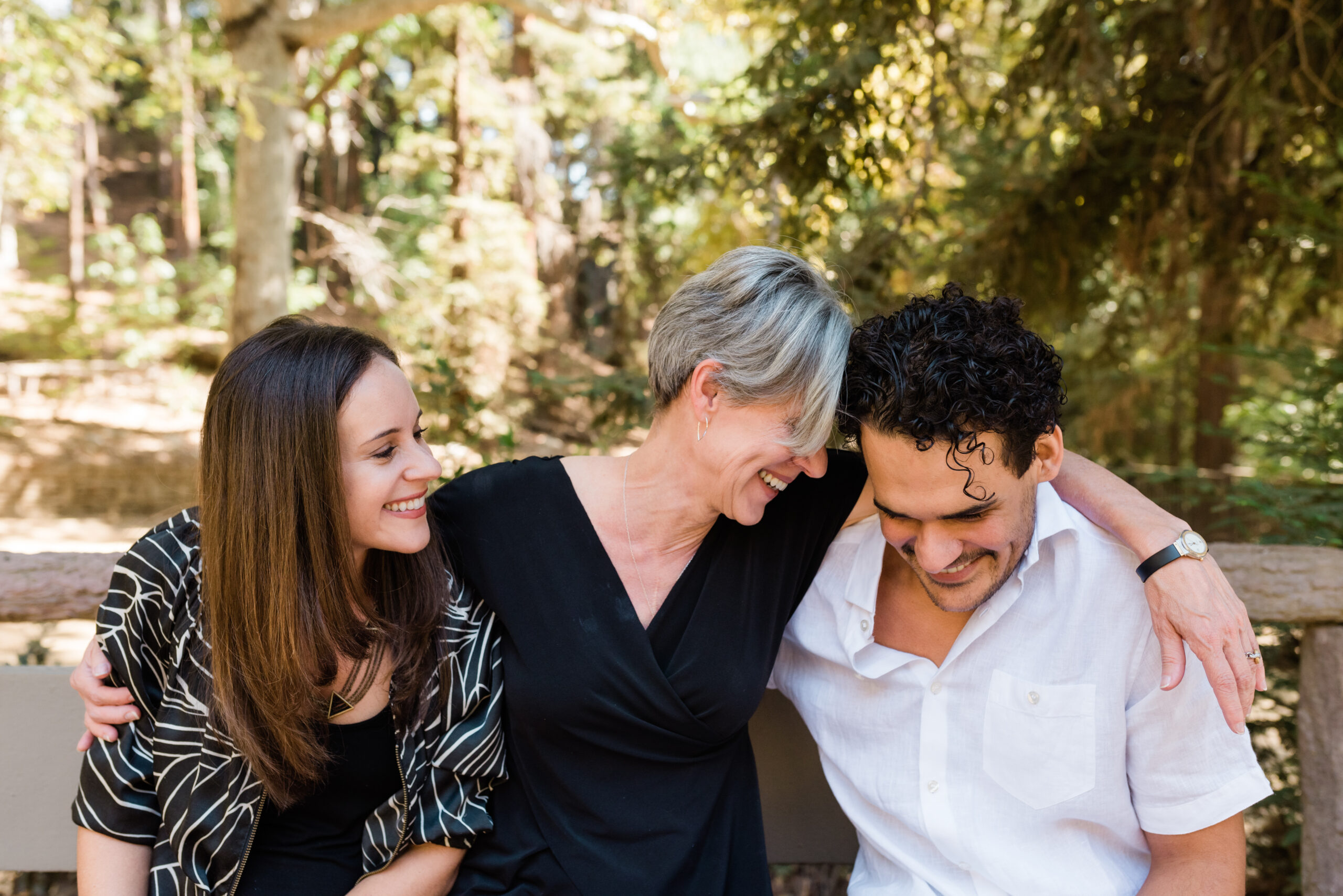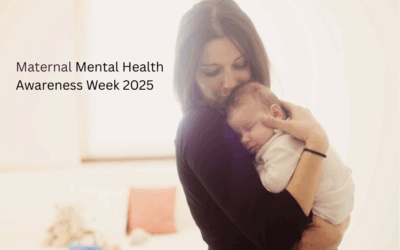OCD led me to a place of isolation I never thought possible.
My Journey Through Fear and Isolation
The Beginning: Trapped by My Mind
I remember the first time I felt truly trapped by my mind. It was a sunny afternoon, the kind where the warmth of the sun should have been enough to melt away any worries. But instead, I felt an invisible weight pressing down on my chest, making it hard to breathe, making it hard to be. This was the beginning of my journey with Obsessive-Compulsive Disorder (OCD), a journey that led me to a place of isolation I never thought possible.
OCD is often misunderstood. People throw the term around lightly, saying things like “I’m so OCD” when they organize their books by color or clean their desks. But OCD is so much more than that. It’s a constant, nagging voice in your head that tells you something terrible will happen if you don’t perform particular rituals or avoid certain situations. For me, that voice became a prison guard, locking me away from the world outside.
The Rituals Begin: Double-Checking and Re-Checking
The rituals started small. At first, I would double-check the locks on the doors and windows before bed, a common habit for many. But soon, double-checking wasn’t enough. I found myself checking and re-checking, sometimes for hours, convinced that if I didn’t, something terrible would happen to my family. The anxiety that came with this compulsion was unbearable, but it was nothing compared to what came next.
The Intrusive Thoughts: A Mind Under Siege
The intrusive thoughts began to creep in. They were dark, disturbing, and relentless. I would be going about my day when suddenly, an image of a loved one being hurt would flash through my mind. Of course, these thoughts were irrational, but they felt so real, so vivid. I became terrified of my mind, convinced that I was capable of causing harm just by thinking about it.
But the worst of the intrusive thoughts were those that involved shouting profanities and blasphemous words related to religion. I would be in a quiet place, like a church or a library, and the thought would suddenly hit me. What if I stood up and screamed something offensive? What if I shouted blasphemies that would shock and horrify everyone around me? The sheer terror of these thoughts made me avoid any place where silence and respect were expected. The fear that I might lose control and do something so out of character was paralyzing.
Avoidance: The Road to Isolation
To cope with these thoughts, I started avoiding people and situations that triggered them. At first, it was just large crowds and social gatherings. But soon, my world became smaller and smaller. I stopped going out with friends, avoiding places where I might run into someone I knew. I even started avoiding my own family, afraid that being around them would make my thoughts worse.
Isolation: A Prison of My Own Making
Isolation became my new normal. My home, once a place of comfort, became a prison. I would spend days on end inside, avoiding any contact with the outside world. The thought of leaving the house filled me with dread. What if I had an intrusive thought in public? What if I couldn’t control it? I was immobilized by fear.
The worst part of this isolation was the loneliness. I felt like I was the only person in the world going through this, and no one could understand what I was experiencing. Friends would reach out, inviting me to hang out or check in on me, but I always had an excuse ready. Eventually, the invitations stopped coming. The phone calls and messages became less frequent until they stopped altogether. I was alone, and it felt like this was how it would always be.
I connected with others who were going through similar experiences.
Finding Support: The Power of Online Communities
During this time, I discovered the power of online communities. Through forums and social media groups, I connected with others who were going through similar experiences. For the first time, I felt understood. I learned that I wasn’t alone in my struggles and that there were people out there who truly got it. These virtual connections became a lifeline, offering support and understanding when I needed it most.
Therapy: The Path to Recovery
Therapy also played a crucial role in my journey. Through Cognitive Behavioral Therapy (CBT) and Exposure and Response Prevention (ERP), I learned to face my fears and challenge the intrusive thoughts that had been controlling my life. It was a slow and painful process, but with each small victory, I began to reclaim my life.
Reconnecting: Stepping Back into the World
Reconnecting with the outside world was one of the hardest things I’ve ever done. The first time I went out for coffee with a friend, I was a nervous wreck. My heart pounded in my chest, and my hands shook as I held my cup. But I did it. And then I did it again. Slowly, I started to rebuild the connections I had lost, mending relationships and forming new ones. Looking back, I can see how far I’ve come. OCD is still a part of my life, but it no longer controls me. I’ve learned to manage it, to live alongside it without letting it dictate my every move. The journey from isolation to connection has been long and arduous, but it’s also been incredibly rewarding.
A Message of Hope: You Are Not Alone
If there’s one thing I’ve learned through all of this, it’s the importance of reaching out for help. Isolation may feel like the only option, but there is a world of support out there waiting to embrace you. You are not alone in your struggles, and with time and effort, it is possible to break free from the chains of OCD and reclaim your life. In sharing my story, I hope to offer a glimmer of hope to those who are still in the throes of this disorder. Recovery is possible. Connection is possible. And most importantly, you are not alone.
Hussain – The Struggling Warrior
